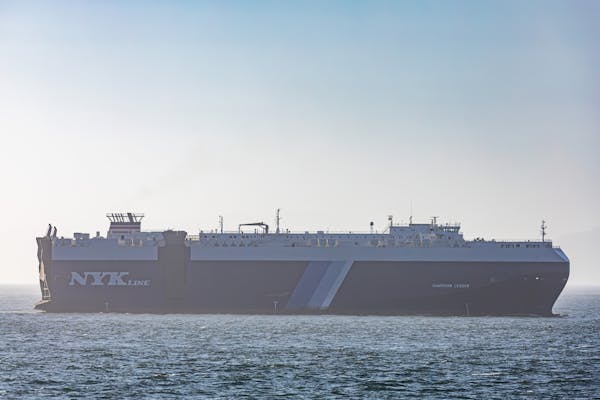Shipping Latex Pillows from Guangzhou/Shenzhen to Colombo, Sri Lanka: A Comprehensive Guide to Ocean Freight
1. Shipping Methods: FCL vs. LCL
Full Container Load (FCL) For larger shipments of latex pillows, opting for a Full Container Load (FCL) can be the most cost-effective and secure option. With FCL, your goods occupy the entire container, either a 20-foot (20FT) or a 40-foot (40FT) container, ensuring that the shipment is not mixed with other consignments. This method is ideal for businesses that need to ship a substantial volume of goods, as it reduces the risk of damage and is generally more economical when compared to LCL for bulk shipments.
Less than Container Load (LCL) For smaller shipments, Less than Container Load (LCL) is the preferred solution. This method involves sharing a container with other shippers’ goods, allowing businesses to pay only for the space they use. LCL is a great choice for businesses that don’t have enough goods to fill an entire container but still need to ship goods efficiently. However, the transit time may be slightly longer due to the consolidation and deconsolidation process at ports.
2. Ocean Transit Time
The ocean transit time from Guangzhou or Shenzhen to Colombo is typically around 10 days. However, the exact time may vary depending on factors like the shipping line, weather conditions, and port congestion. This is the general time it takes for the cargo to travel from the Chinese ports to the Sri Lankan port, excluding potential delays for customs clearance.

3. CIF (Cost, Insurance, and Freight) Shipping
The CIF Incoterm means that the seller is responsible for the cost of shipping, insurance, and freight until the goods arrive at Colombo Port. This option provides peace of mind for the buyer, as the seller arranges and covers the cost of sea freight and insurance up to the port of destination. Once the goods reach Colombo, the buyer is responsible for import duties, taxes, and customs clearance.
4. Packaging of Latex Pillows for Ocean Freight
Proper packaging is critical when shipping latex pillows to ensure that the goods arrive safely and undamaged. Here are the key steps for packaging latex pillows for sea transport:
a. Vacuum Sealing: Latex pillows are often vacuum-sealed to reduce their volume and minimize space usage in the container. Vacuum-sealing not only helps optimize shipping costs but also protects the pillows from moisture and dirt during transit.
b. Protective Wrapping: After vacuum sealing, each pillow should be individually wrapped in protective plastic or moisture-resistant material. This wrapping helps shield the product from humidity and dust, which can cause damage during long sea journeys.
c. Cartons and Pallets: For both FCL and LCL shipments, latex pillows should be packed into sturdy cartons, with each carton containing a specified number of pillows. The cartons should then be securely stacked on pallets. In the case of LCL shipping, it is crucial to ensure that the cartons are tightly packed and well-protected to prevent shifting during transit.
d. Labeling: Each carton should be clearly labeled with the destination address, contact details, and handling instructions, such as “Keep Dry” or “Fragile,” to alert the handling staff to the specific requirements of the cargo.
e. Container Loading: For FCL shipments, the cartons should be carefully loaded into the container, ensuring proper weight distribution to prevent any risk of shifting or damage during the voyage. For LCL shipments, it’s important to coordinate with the freight forwarder to ensure that the goods are consolidated properly and securely packed in the shared container.



